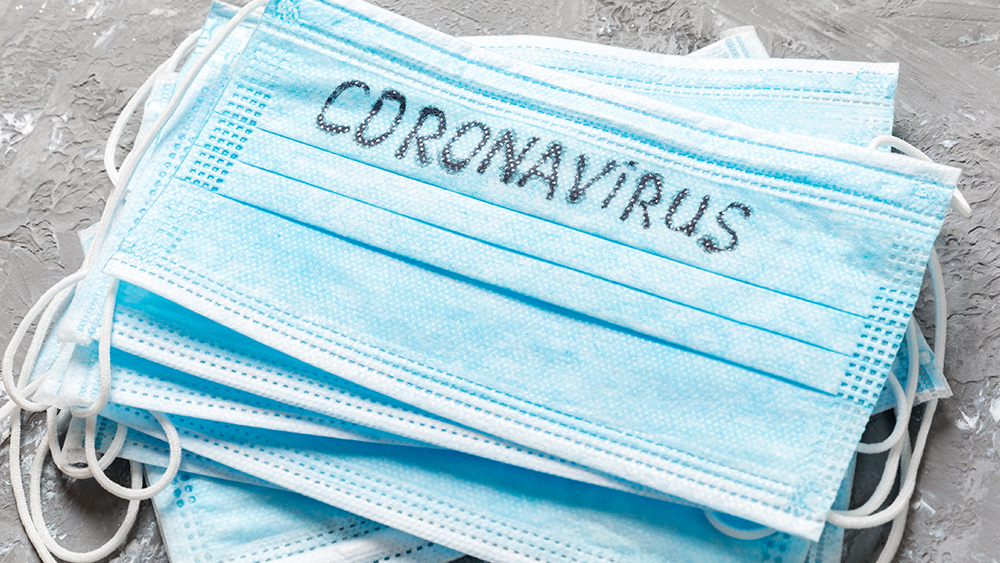
Advertisement
It’s horrifying to think about, but the day may come when Americans look to the sky and see nuclear warheads raining down on our country’s most populated cities. While the United States government has its own system in place to deter such attacks, it’s important to know how to brace yourself in the event that a nuclear weapon does make contact with U.S. soil (RELATED: If nuclear war breaks out, these U.S. cities would most likely be targeted first).
It’s important to understand that even though a nuclear strike has the ability to cause a tremendous amount of damage and destruction, it is still possible to survive such as attack if you are prepared. As Fergus Mason points out in a recent article published on AskAPrepper.com, “Even with a very large weapon, you don’t have to be that far away from it for the level of destruction to fall from total to survivable – and, even in a full-scale attack, huge parts of the country would escape the immediate effects completely.” Therefore, Mason argues, “It’s definitely worth preparing your home to give it – and you – the best chance of survival” (RELATED: If you want to escape a possible nuclear attack, here’s why it’s not a good idea to move to Washington state).
When a nuclear bomb detonates, there are essentially five different ways you could be killed. First, there’s the thermal pulse, which is an extremely intense flash of light and heat capable of incarnating virtually everything within range. The overpressure and the high winds caused by the blast can also kill you, along with the prompt radiation (a pulse of X-Ray and gamma radiation), and residual radiation (the radiation that is released by the ground surrounding Ground Zero). Finally, there’s the fallout of the blast, which consists of the nuclear particles scattered by the explosion. These particles can cause deformed physical features, severe sicknesses and death.

It should go without saying that the goal of those looking to survive a nuclear blast should be to expose themselves to as little radiation as possible until the radiation levels of the outside world have decayed to a less dangerous level. In order to do this, it is necessary to build a fallout room, which put simply is an inside room free from external walls. A room without external walls is important because it will prevent fallout from creeping inside and any radiation that does penetrate the walls will lose intensity. You also want your fallout room to be an area that is as far away from the roof as possible, considering the fact that the roof is where radioactive particles will collect. A basement would be an ideal place to set up your fallout room.
If your home doesn’t have any rooms that are free from external walls, then you have no choice but to improvise. If you choose a room that is on the downwind side of the home, then fewer particles will accumulate against the walls. Once you seal up the room by blocking any windows and air vents, you must begin the process of thickening the walls. To do this, stack bricks, cinder blocks or even sandbags and make the makeshift wall as heavy as possible. The heavier the structure is, the more of a chance that you won’t be exposed to fallout.
There are two more things that are absolutely necessary to include in your fallout room. The first is either a chemical toilet or a bucket and a few rolls of heavy-duty garbage bags that you can line it with. Put two buckets right outside of the fallout room, and use one for bags from the toilet bucket, and the other for garbage.
Second, you need to build an inner refuge. An inner refuge is a small, structurally sound shelter located somewhere inside your fallout room that you can go inside of for maximum protection from radiation. Build it using anything that is dense and solid – heavy furniture, sandbags, boxes of books, etc. This small shelter will maximize the chances that you will remain unaffected by nuclear fallout trying to creep in.
Sources:
Submit a correction >>
This article may contain statements that reflect the opinion of the author
Advertisement
Advertisements















